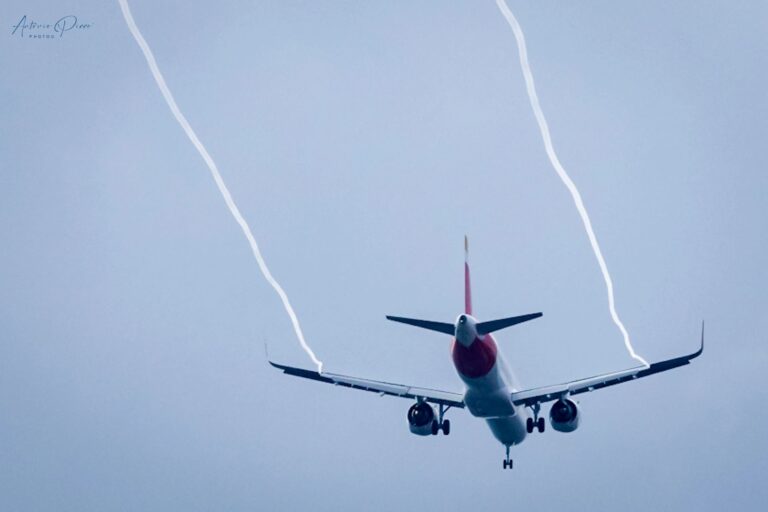Seasoned air travelers have likely experienced the sudden jolt of an aircraft hitting turbulence. This unsettling phenomenon can move the plane and cause abrupt changes in altitude. But what exactly causes this turbulent behavior?
The majority of turbulence occurs within clouds, where erratic updrafts and downdrafts of wind create chaotic air movements.
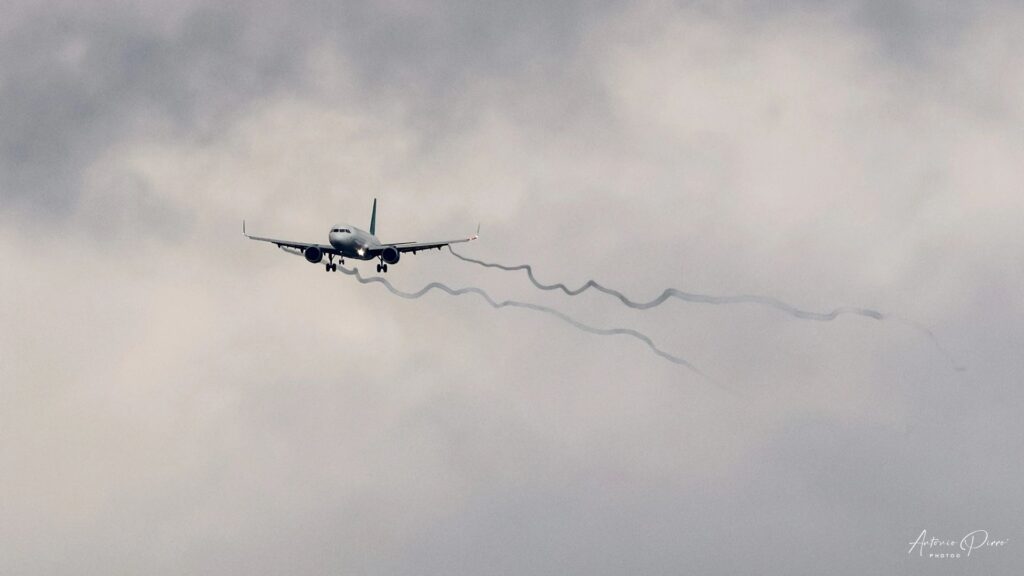
What is Flight Turbulence?
Flight turbulence can be defined as chaotic and unpredictable swirls of air, disturbed from a calmer state by various forces.
If one observes a placid thread of rising smoke breaking up into ever more disorganized swirls, they have witnessed the phenomenon of turbulence firsthand.
Rough air occurs everywhere, from ground level to far above cruising altitude. However, the most common turbulence experienced by flyers has three primary causes: mountains, jet streams, and storms.
As air encounters mountainous terrain, it forms waves similar to how ocean waves break on a beach. While some air flows smoothly over the mountains, other air masses become crowded against the peaks, forced to rise upward.
These waves can spread gently through the atmosphere, but they can also break apart into chaotic currents that passengers experience as turbulence.
Turbulence also arises from the jet streams – fast, meandering wind currents near the poles. As an aircraft moves away from the jet stream’s maximum wind speeds, the changing wind velocities create shear regions prone to turbulence.
Recent research shows that rapidly growing storm clouds can generate turbulence hundreds or even thousands of miles away.
The storm system’s rapid expansion pushes air outward, creating atmospheric waves that can break down into bumpy conditions far from the original storm.
Whether caused by mountains, jet streams, or distant storms, turbulence remains an unavoidable aspect of air travel. Understanding the underlying meteorological factors can help passengers better prepare for the occasional bumpy ride.
While much of this turbulence remains fairly mild, larger cloud formations – such as cumulonimbus thunderstorm clouds – can generate moderate or even severe turbulence.
However, the most problematic type of turbulence is known as “clear air” turbulence. As the name suggests, this occurs in cloudless skies and is therefore much more difficult to detect.
Without the visual cues of cloud formations, pilots and crew struggle to anticipate and navigate clear air turbulence, making it a significant challenge for smooth, comfortable flights.
Whether in cloudy or clear conditions, turbulence remains an unavoidable aspect of air travel. Understanding the underlying meteorological factors can help passengers better prepare for the occasional bumpy ride.
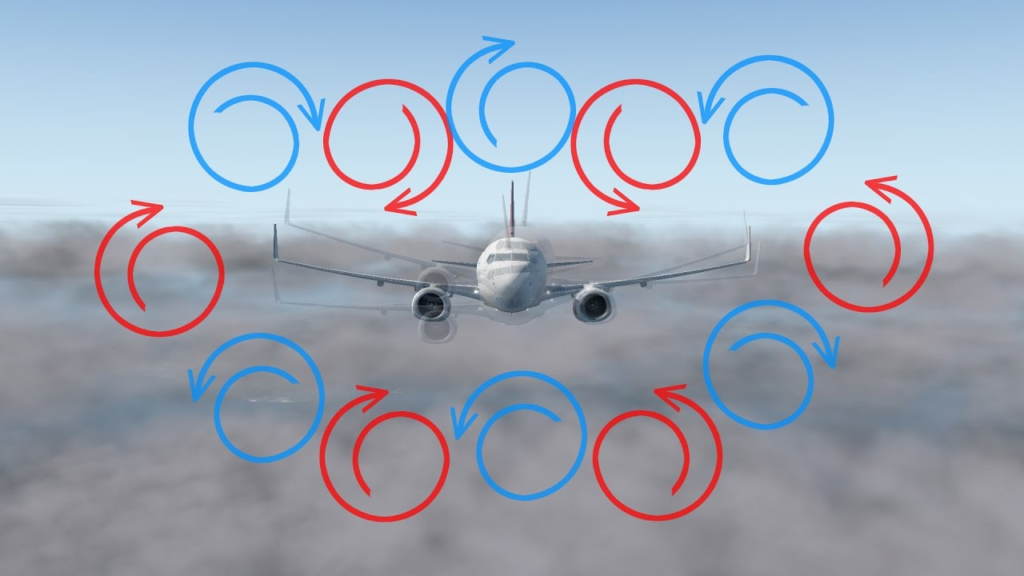
How turbulence are predicted?
While weather forecasts and pilot reports provide helpful information for avoiding turbulent zones, they are relatively blunt tools.
Weather models struggle to predict turbulence at the precise scales needed for aviation, and pilots often misreport the locations of bumpy conditions by significant margins.
At the National Center for Atmospheric Research (NCAR), researcher Robert Sharman has been working since 2005 to develop much more precise “nowcasting” turbulence tools.
The system works as follows: an algorithm currently installed on around 1,000 commercial airliners analyzes information from onboard sensors to characterize each plane’s movement at any given moment.
Using data on forward velocity, wind speed, air pressure, roll angle, and other factors, the algorithm generates a local atmospheric turbulence level, which is fed back into a national system every minute.
Used in conjunction with national weather forecasts and models, the tool annotates forecasts with real-time conditions, which in turn helps to strengthen weather prediction models.
Over 12,000 Delta Airlines pilots currently use tablets loaded with the NCAR tool to check conditions along their flight paths. In addition to the domestic planes currently equipped with the algorithm, international carriers including Qantas, Air France, and Lufthansa will also join in.
Furthermore, Boeing has begun to offer the algorithm as a purchase option for new aircraft, according to Sharman.
This advanced turbulence monitoring system represents a significant step forward in improving the passenger experience and safety of air travel.
By providing pilots and airlines with granular, real-time data on atmospheric conditions, it enables them to better navigate around – or prepare for – unavoidable bouts of rough air.
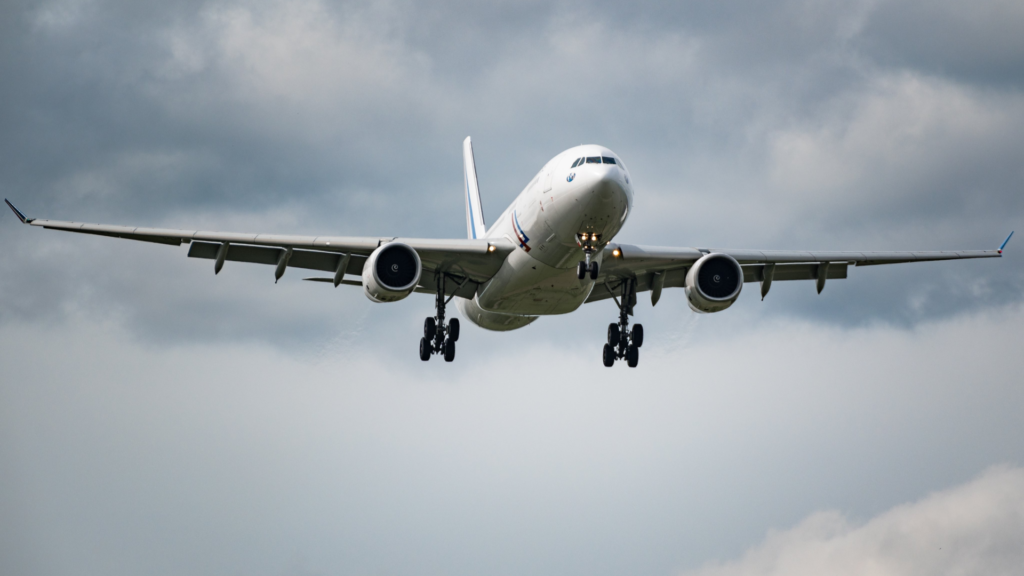
Is Turbulence Dangerous?
Aircraft are designed to withstand the worst that turbulence can throw at them, according to aviation and environment experts. He states it is “unlikely” that turbulence will ever destroy an aircraft.
While turbulence doesn’t do an aircraft any favors, which is why pilots try to avoid it or slow down and turn on the seatbelt sign, experts say extreme scenarios could potentially cause structural damage due to the powerful winds involved.
Severe turbulence can be dangerous for air passengers because of the violent motion it creates, which can throw anyone not wearing a seatbelt across the cabin.
However, aviation safety experts emphasize that deaths and injuries resulting from turbulence remain relatively rare occurrences.
According to an aviation expert, injuries from severe turbulence are rare when considering the millions of flights operated.
While turbulence may be unnerving for passengers, the aviation industry’s safety precautions and aircraft design make it an inherently manageable aspect of air travel.
Pilots work to proactively avoid or minimize exposure to turbulent conditions to ensure the comfort and security of all on board.
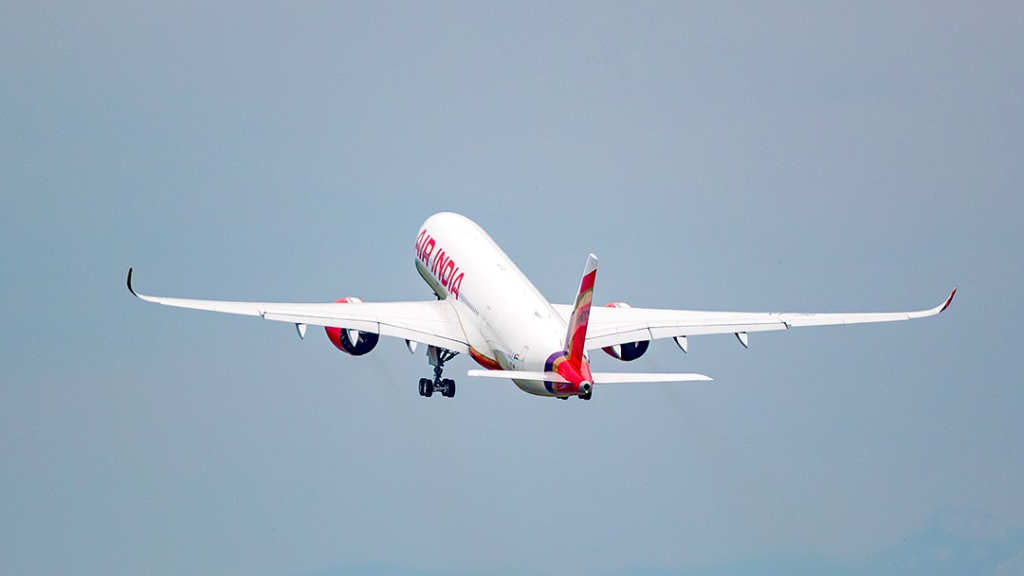
How to deal with turbulence?
Here’s how pilots deal with turbulence on the flight. Pilots receive specialized aviation forecasts containing detailed meteorological data before each flight. This critical information enables them to study and plan their routes effectively.
The meteorological data allows pilots to identify and avoid isolated thunderstorms during flight planning. However, “clear air” turbulence presents a more challenging obstacle due to its invisible nature.
Aircraft flying ahead on similar routes relay real-time turbulence reports to following flights, according to aviation experts. This information network helps create a dynamic picture of atmospheric conditions.
When encountering turbulent conditions, pilots execute specific protocols. They either navigate around these areas completely or reduce aircraft speed to minimize turbulence impact.
Airlines equip their flight crews with comprehensive turbulence response training. This training prepares them to handle various levels of air disturbance, from mild chop to severe turbulence.
The aviation industry’s multi-layered approach to turbulence management combines advanced weather forecasting, real-time pilot reports, and professional training to ensure safe passage through rough air.
Aviation experts emphasize two critical safety measures for passengers during flights. First, passengers must keep their seatbelts fastened throughout the flight. Second, they should avoid placing heavy objects on tray tables or laps.
Pilots actively recommend constant seatbelt use due to turbulence’s unpredictable nature. This safety measure prevents passengers from being thrown around the cabin during unexpected rough air encounters.
Aviation safety statistics show that most turbulence-related injuries occur when passengers ignore seatbelt signs or remove their restraints too early. These preventable incidents reinforce the importance of following basic safety protocols.
The Federal Aviation Administration (FAA) mandates that passengers remain seated with seatbelts fastened whenever the seatbelt sign illuminates. This regulation exists to protect passengers from sudden, unexpected air disturbances that can occur without warning.

Strategies for Managing Flight Turbulence
Early morning flights offer smoother air conditions. Passengers benefit from selecting seats toward the front of the aircraft, where turbulence impact diminishes significantly compared to rear sections.
Flight crew observations reveal a notable difference in turbulence intensity between cabin sections. While passengers in the rear experience substantial movement, pilots in the cockpit often report milder conditions.
Safety experts recommend keeping seatbelts fastened throughout the flight, even when the indicator light turns off. This simple measure prevents head injuries from sudden contact with overhead bins. During turbulent periods, passengers should avoid passing items across aisles or returning service items to crew members.
Passengers experiencing flight anxiety benefit from informing cabin crew members, who provide extra attention during rough air encounters.
Weather tracking applications like My Radar and Soar help passengers understand atmospheric conditions ahead.
Understanding weather patterns and turbulence formation helps reduce passenger anxiety. This knowledge provides context for the experience and reinforces confidence in aircraft safety systems.
Flight crews observe that passenger fear often stems from a perceived lack of control. Educational resources about weather patterns and turbulence locations help passengers develop better coping strategies for rough air encounters.
Photos by Antonio Pirro’ | LinkedIn and Robin🇫🇷 (@robin.hdy)
Stay tuned with us. Further, follow us on social media for the latest updates.
Join us on Telegram Group for the Latest Aviation Updates. Subsequently, follow us on Google News

